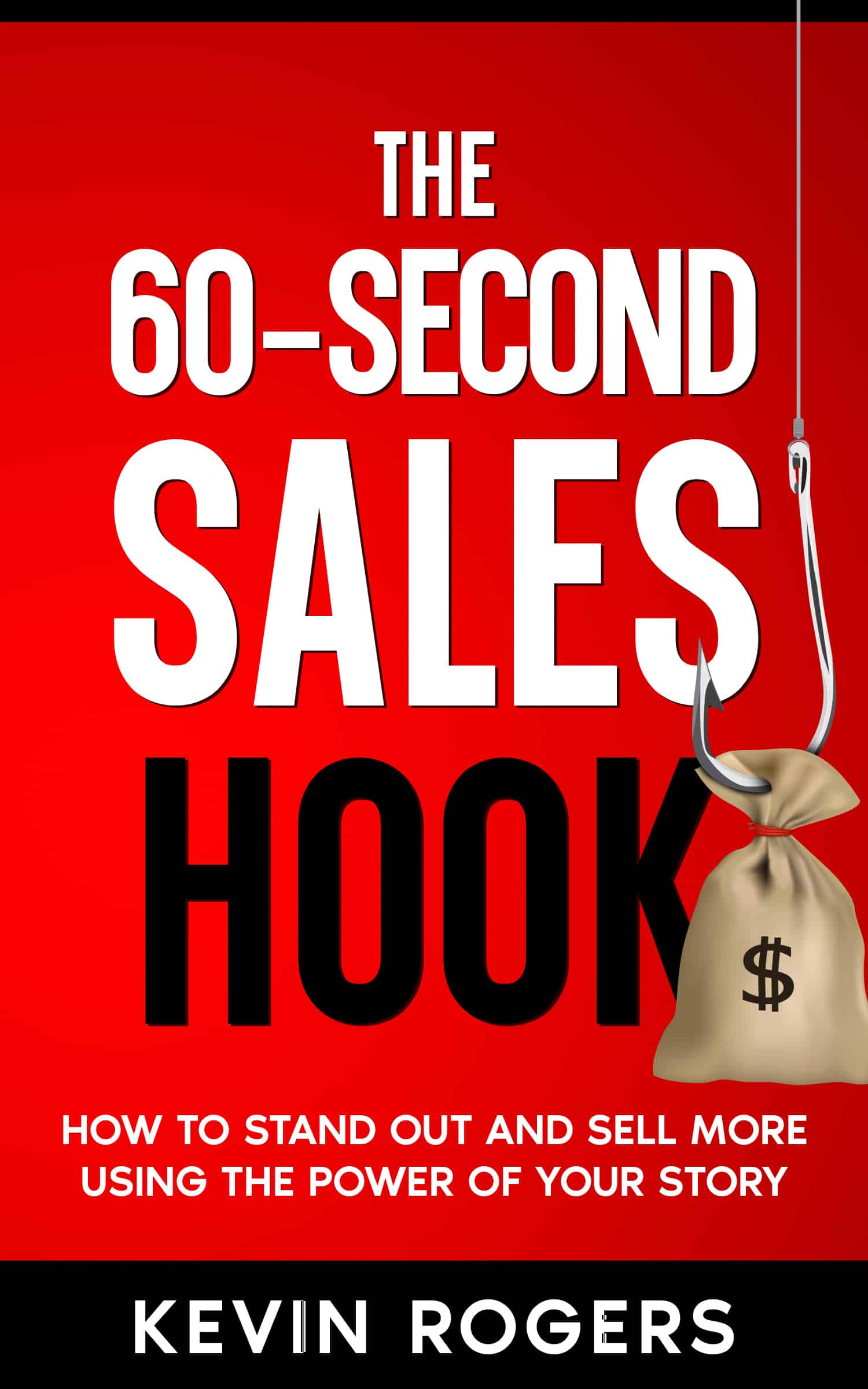Picture the scene around the boardroom table in Subway’s publicity office.
Ashen faces trying to comprehend how to deal with the public takedown of their poster boy.
Furrowed brows desperately trying to work out how to extract the brand’s image from this public relations black hole.
When Jared’s home was raided by police two months ago after the head of his charity was arrested on charges of the most unthinkable kind involving kids and cameras, it was a disaster for the food chain.
How could someone they’ve built up as the ‘face’ of their business turn toxic overnight?
But, incredibly, this current hoo-haa with Jared takes the attention away from a bigger issue.
Subway actually have much bigger problems.
“Really?! Bigger problems than a short-eyes Jarod scandal!” you cry.
Yes.
You see, Subway is struggling and has been for a while.
A recent report by Bloomberg Business highlighted the problems Subway are going through. US sales for the chain in 2014 dropped 3.3 percent on the previous year, the biggest drop amongst all the major fast food chains (Source: Technomic).
The report also offers anecdotal testimony from disgruntled Subway franchisees (21,000 franchises run the 44,000 stores globally) who feel the company has lost its way in the market.
Before we continue, I must to admit that I love eating at Subway.
For me it’s the perfect combination of fast food and eating healthy, or at least healthier.
(As a vegetarian, I appreciate the fact the staff change their gloves when handling veggie orders.)
But even I admit it’s a brand that hasn’t moved since I’ve been using them.
On my last trip to the US, this was put in stark contrast. I headed out of my hotel to find a nearby Subway.
The one I discovered was functional rather than welcoming with that horrible sterile light and while the staff were lovely, it felt tired. I was the only person in there.
As I walked back to my hotel, I passed both a Chipotle and Panera, both competitors to Subway’s market and both vastly different.
From a cursory glance, you could see they were attracting exactly the kind of crowds Subway needs to continue attracting to guarantee its position.
With this in mind, here’s my take on the areas where Subway has gone wrong from a marketing perspective.
(It wasn’t taking the plastic out of the bread by the way… I actually thought it tasted better BEFORE.)
Placing all your chips on one person, image or idea
Subway has forever positioned itself on being ”fresh”.
In fact, Subway’s positioning is founded on being the healthy alternative to other fast food chains.
In itself this was unique positioning, but when Jared stormed into Subway’s life in 1998, another opportunity presented itself.
As Eugene Schwartz frames this phenomenon in Breakthrough Advertising, “a brand new market is created… dealing with an already-established product”.
In his example, the new market is created through the insight of the advertising man (or woman) visualizing the application of a product to a new market.
In Subway’s case, they didn’t need a marketer to develop the new application. One of their customers did and they smartly pinned their colors to his weight loss success.
Losing a cool 245 lbs in a year on a diet of turkey subs and diet soda was a story that was just too good to be ignored by the mainstream press.
Jared and his fat pants provide arguably the most famous “Before and After” comparison on the planet.
He’s a walking testimonial.
Heck, he’s called The Subway Guy!
It allowed Subway to inhabit an otherwise uninhabited corner of the fast food market.
Or rather allowed them to create a new market altogether – “healthy” fast food.
This was against smartly followed up by sponsorship partnerships with weight loss brands such as The Biggest Loser.
It became commonplace to associate Olympics stars with Jared and they even picked their favorite subs.
That positioning is as good as dead.
Regardless of whether Jared is cleared of all charges, Subway won’t be renewing that relationship.
The whiff of an association with something as heinous as abusing children is enough to kill a brand overnight.
But even before the allegations and search warrant, Subway understood the need to move away from the weight loss angle.
In light of competition from other brands (below), it was becoming tired and less credible.
People were trying the “Subway diet” and finding that perhaps it wasn’t quite the healthy regime it had been made out to be. Their wallets were the only thing losing weight, while fattening Subway’s profits.
A campaign was in the process of positioning Jared as a family man.
Oh, such cruel irony.
This is what happens when you pin your brand to an individual.
Putting all your chips on a single personality has both built the Subway brand…
… and may be its undoing.
Losing ground on positioning
Coming back to Schwartz’s Breakthrough Advertising, he discusses understanding marketing sophistication as an indicator of how your product sits within your market.
Schwartz posits five stages of sophistication from being first in the market when you can state your offer simply through the final stage of market sophistication when the market simply doesn’t want your product. (Not yours specifically, but the idea).
The healthy fast food market is arguably in the fourth stage.
Fresh and healthy are taken as standard by the consumers within the market. The mechanism for delivering the product has taken precedence.
And only the businesses that understand this are on the rise.
Let’s look at some of Subway’s key competitors.
Chipotle Mexican Grill is one of Subway’s main threats but it’s positioning couldn’t be more different.
It’s Big Idea is “food with integrity” and if there’s one trend affecting ALL fast food restaurants it’s understanding the provenance of what you’re eating.
Quite simply, Chipotle has stolen a march on the likes of Subway.
Its message oozes with authenticity, wholesomeness and sustainability.
Just look at its Youtube output. It’s filled with stories about its farmers. It tells stories of the MLS stars it sponsors.
It tells stories. It brings you on side against the ‘villainous’ food companies.
And it just happens to put out some goddamn fine food.
Watch their beautiful Scarecrow ad and by the end you’ll be donning a beret, shouting “Viva La Revolucion!” and itching to storm your nearest McDonalds:
And you know you’re in the ascendancy when future Presidential candidates need to be seen in your stores to appeal to the Millenial crowd
Another company snapping at Subway’s heels is Panera.
But let’s just put this in perspective.
Ultimately, Panera is a bread company. They make bread.
Bread has long been touted as BAD amongst the health crowd.
How can a company that makes bread be on the rise?
It epitomises the “fast casual” trend designed for exactly the same kind of audience Subway served.
And it wears its approach to transparency and clean ingredients on its sleeve.
It has something called a Clean Food Policy.
Sure, Subway may already be serving clean food…
… but remember Claude Hopkins’ Schlitz Beer ad, where he described the brewing process for the first time.
EVERY brewery was using that process, but by focusing on the mechanism they cleaned up.
It’s proactive. Its focus on “Live Consciously, Eat Deliciously” understands the underlying trends in a generation of Americans and championing social causes.
And if you want to see a great example of a 60 Second Hook in action, just listen to CEO Ron Shaich’s story:
Authenticity pours from his story.
He reveals how he had to battle with investors when he wanted to bring clean food to the menu.
In comparison, it looks as if Subway still has its head in the sand.
It’s lost the ability to connect to it audience.
While Chipotle and Panera are winning the hearts and minds of consumers, Subway is flailing.
In an era of conscious consumerism, customers have been turning to businesses which align with their (perceived) values.
It makes Subway’s begrudging move to take out the plastic from its bread appear too little, too late.
They’re like that ageing grandpa of yours who doesn’t understand why he’s not allowed to tell all his old jokes because they’re apparently “racist” and “misogynist”.
Subway doesn’t appear to understand what it needs to do.
Or at least its marketing approach doesn’t reflect that. In the meantime, I just goes on doing what it’s always done and looking increasingly irrelevant.
Ask yourself this:
When was the last time YOU went into a Subway store?
Actually, it doesn’t matter how long ago it was.
Chances are, it looked exactly the same as it looks now.
It operates the same, it feels the same and most of the options will be the same.
In fast food terms, that would usually be a huge tick in favor of good systems and consistency.
But in Subway’s case, it represents a lack of movement – except in one area.
And the bad news is, it’s probably be the wrong area to focus on…
Focusing on the wrong kind of change
One area we’ve not discussed is price.
Subway has been hugely successful in appealing to low-value buyers through its price innovation.
The positioning is on “fresh” and “healthy”, but its ability to knock out a meal deal for a few dollars and a $5 foot-long has delivered much of its growth in market share.
There were even rumors of rival fast food chains setting up kitchens to try and reverse engineer their ingredient pricing to discover how Subway did it and still made a profit.
The problem with operating at this end of the market is there’s nowhere else to go.
Once you’ve become synonymous with price innovation, your market expects that from you.
Which makes Subway’s movement into more gourmet options perplexing.
Mike Michalowicz sums this the error of changing your “area of innovation” in The Toilet Paper Entrepreneur:
Wal-Mart has grown explosively because it is all about the lowest Price first; everything else, including Quality and Convenience, comes second. Even the mighty Wal-Mart could fail if the company loses focus and compromises Price in an effort to improve another area of innovation.
When Wal-mart tried to do just that in launching a ‘convenient’ movie rental service to rival Blockbuster and Netflix without a major price advantage, it failed miserably. The failure was caused by taking their focus off price.
It appears that’s what Subway is now looking to do with its new menu.
Focusing on bringing in higher quality ingredients and charging MORE.
You can’t get a $5 footlong any more. But there are other subs chains, like Firehouse Subs and Jimmy Johns, offering more for as much or even less.
Now they’re losing ground to competitor sub chains in terms of price, where do they go?
It’s simple, they say.
Just add guacamole to your menu.
Their latest ads teach you how to say guacamole.
“Hey, it’s fun to say…”
Really?!
Here’s the problem.
If you need to start educating your audience on how to order food, you’ve lost.
If you need to start educating your audience on what the food is you’re serving, you’ve lost.
As soon as you start educating, you’ve lost.
Your offer needs to be as simple and straightforward as possible.
Subway is still the dominant market player.
It still has clout and the opportunity to change.
Where it has gone wrong is by not identifying the market it is in anymore, not recognising the sophistication of the market or staying in alignment with the prevailing trends amongst its target audience.
Jody Raynsford is a freelance copywriter and author of The Engagement Formula, showing you how to grab your audience’s attention, instantly build trust and transform them into lifetime customers. Download a free copy of the book here






